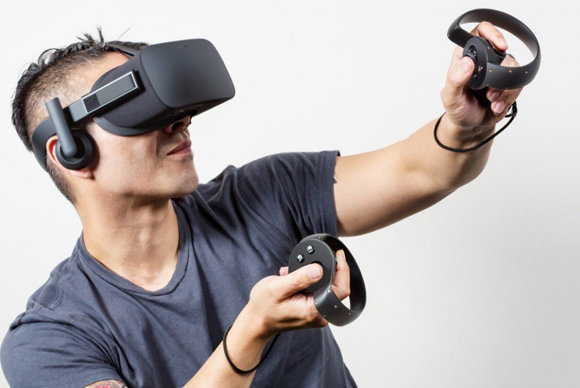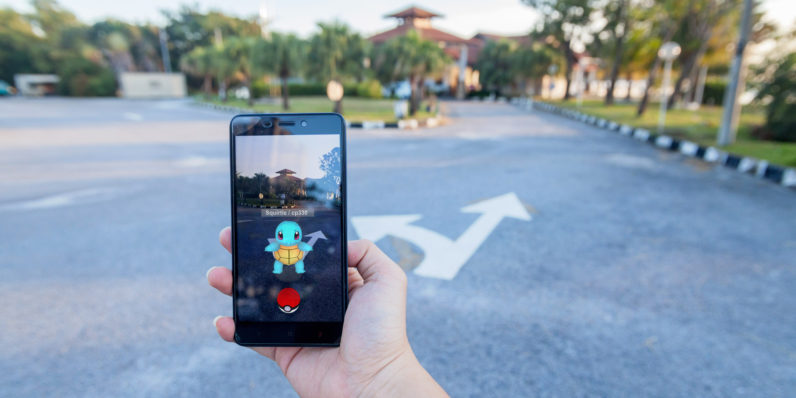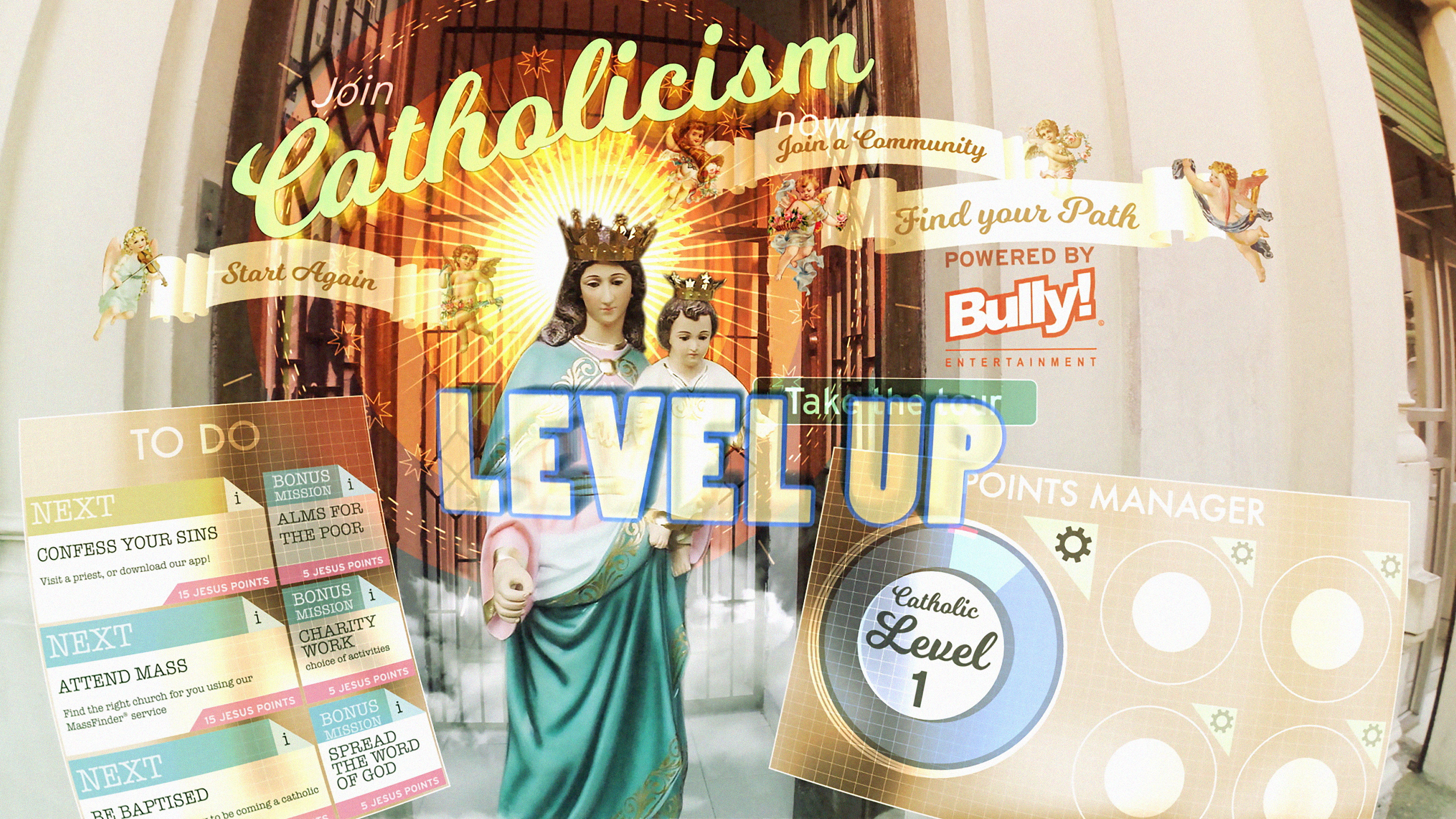Watching television and playing video games have for a long time been seriously competing with the increasing availability of the virtual reality experience. Computer-simulated reality and fictitious ambience provide the user with an experience that no other media has been able to provide so far. A participant in virtual reality perceives different types of perceptions that activate multiple senses at the same time, creating the impression of a simulated environment through which he actively moves and works. As we are freed from passivity, we are no longer just observers of some content, but we are required to engage and interact, and the 360-degree world view makes us feel like we are there for real.
In 2011, Palmer Luckey, an eighteen-year-old technician, in his parents’ garage, slammed the tablet with a ribbon to a box with two lenses. That is how the first prototype of Oculus Rift was made, which included a 90-degree angle. After Kickstarter campaign it was collected over 5 million dollars in just 30 days. The project quickly attracted investors, and nearly 100 million dollars were collected in a year, and in March 2015, Facebook bought Oculus for 2.2 billion.

Under the slogan “Let your mind explode” on the Oculus website, everything that the experience of virtual reality offers is explained: “Immerse yourself in games or go inside your favorite movies. Time travel, space travel, or hang out with friends.” However, apart from this, we are probably not aware of all the possibilities that VR opens in front of us.
You must have heard of one of the latest phenomena, Pokemon Go, which belongs to the domain of aggregative reality, and its appearance is undoubtedly related to the further development of the reality enlargement and unambiguously points us to the direction in which we are moving.

Björk recently released the first music album in virtual reality, created in cooperation with HTC. Director Steven Spielberg has become an advisor for VR projects but has described the virtual reality as “a dangerous medium”.
“The only reason I say it is dangerous is because it gives the viewer a lot of latitude not to take direction from the storytellers but make their own choices of where to look. I just hope it doesn’t forget the story when it starts enveloping us in a world that we can see all around us and make our own choices to look at.”
Also, there is also the VR Pornography Festival in Japan as a drastic example of planetary austerity for the experience of virtual reality, that had to be prematurely delayed due to excessive abruptness.
However, due to the vigorous growth of popularity of virtual reality, we witness large transformations in different fields, not just in the entertainment industry.
The technology usage in education is in constant development. Bearing in mind that younger generations spend increasingly more time on computers and mobile devices displaced from their environment, the logical place for placing knowledge and information is precisely the VR field. Google came to this conclusion, and made a free educational program called Expeditions Program, which provides students with the possibility of virtual tours through places they are not able to leave, such as inaccessible parts of the planet or the surface of Mars.

In the field of medicine, it has been proven that virtual reality can be helpful to patients who have lost their arm or leg, and experience the pain and sensation – the so-called, phantom limb. Playing games in virtual reality has proven to be a more effective way to exercise parts of the body whose functions are damaged than standard physiotherapy. Also, scientists at the University of Southern California have established the Medical Virtual Reality group to examine video game technology in the treatment of post-traumatic stress and anxiety.

The usage of this technology at the civil and military physical training is well known, and the US military is already using the Dismounted Soldier VR training system to train its soldiers.
Tilt Brush allows artists to visualize a virtual, three-dimensional space, where the whole room can be used like canvas, and the Museum of Stolen Art is virtual place where you can walk through a gallery of stolen artwork that nowhere else can be seen, unless we have stolen them personally or we know someone who is.
The development of augmented reality has been carried to an extreme when Keiichi Matsuda, a designer and film maker, recently created a six-minute video called Hyper-Reality, showing how virtual reality could be easily implemented in our everyday lives.

We can only guess how this phenomenon will develop in future. Only certain is that this is just the beginning. As it becomes over time better skills will be needed for walking along the boundary between this and some new reality, and the question is: when this boundary decreased to unrecognizability.
Ljubica Hajdin,
Account Manager



 Serbian
Serbian